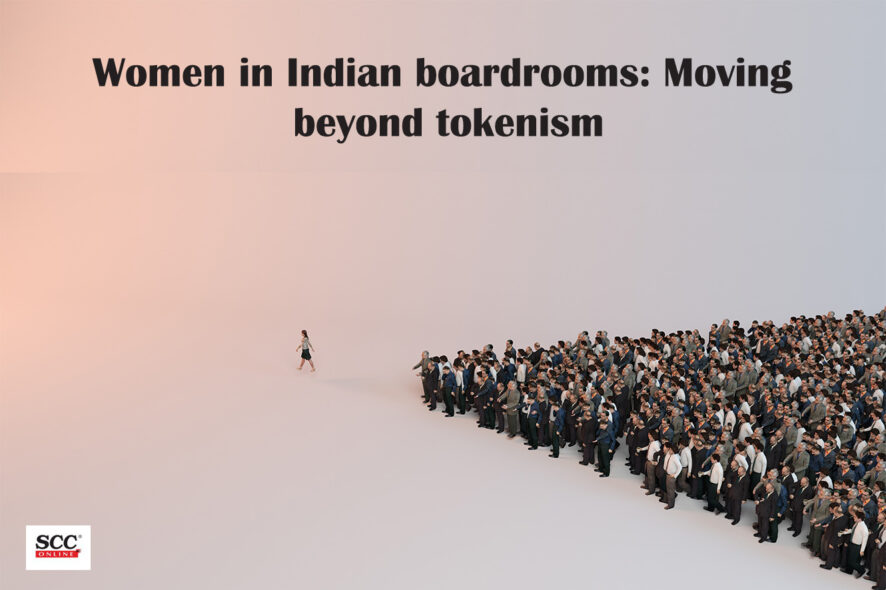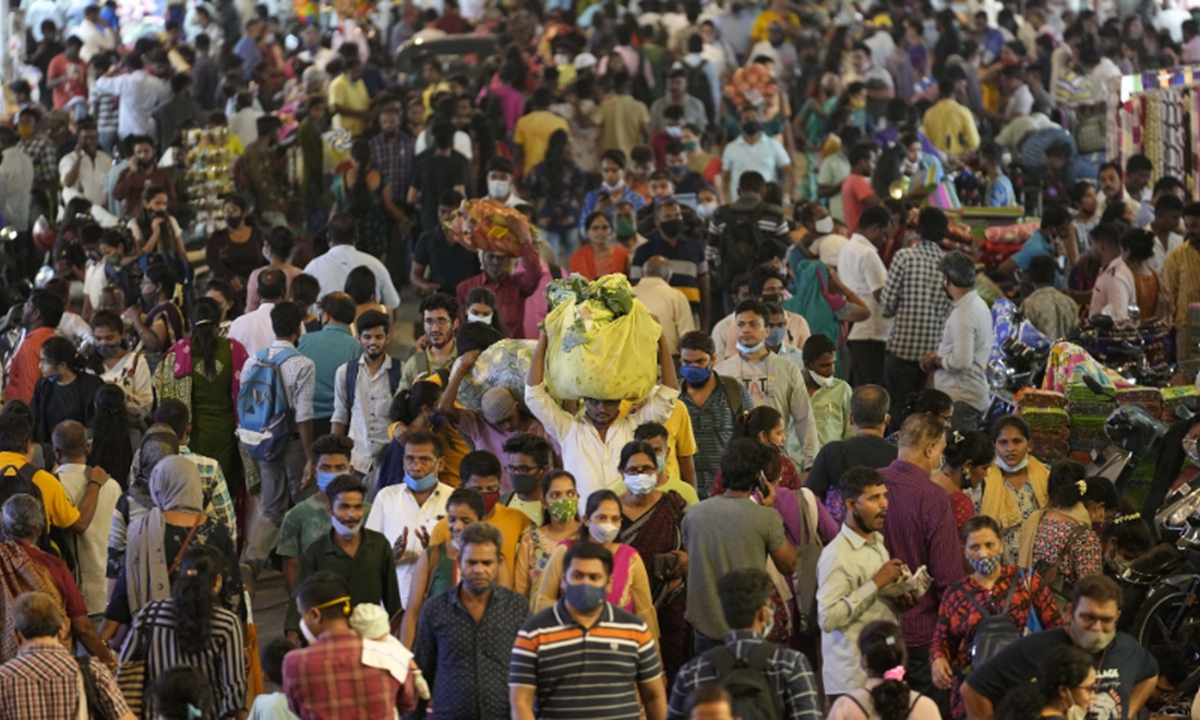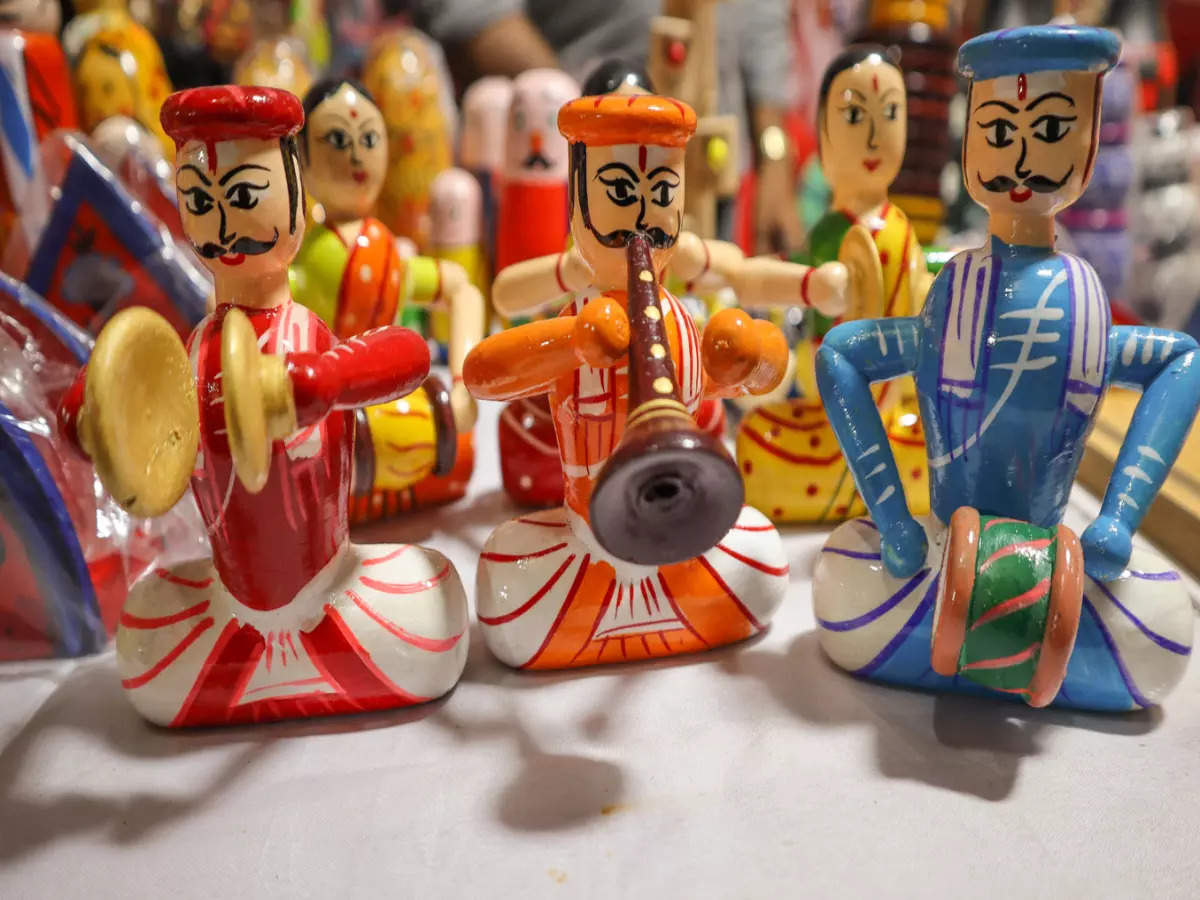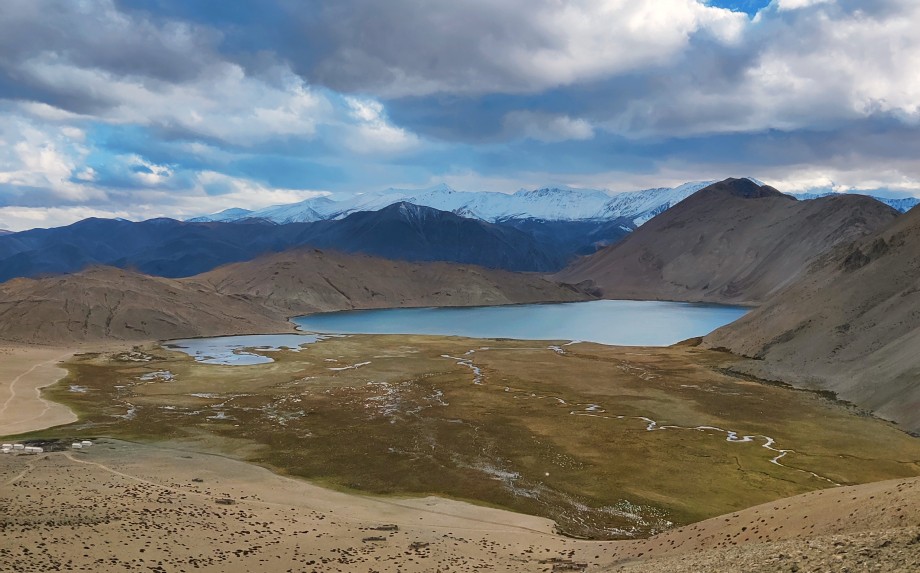- Women have shattered the patriarchal glass ceiling in a variety of fields, but they continue to confront considerable impediments to political engagement in India. Despite early suffrage, women still hold only 14% of Parliament seats 75 years after independence. It is past time to recognise women’s systematic exclusion from politics and demand action to create a more fair political scene.

Political participation of women
- Role in India’s fight for independence: Women played a crucial role in India’s fight for independence, by organising demonstrations, leading rallies, and raising awareness.
- Female representation in the Constituent Assembly: There were many female representatives in the Constituent Assembly.
- Women Chief Ministers: A decade ago, three of India’s largest states, West Bengal, Tamil Nadu, and Uttar Pradesh, were in the news for having female Chief Ministers.
- Sonia Gandhi, for example, served as both President of the Congress Party and Chairperson of the United Progressive Alliance while Sushma Swaraj led the Opposition in the Lok Sabha. Around the same time, India elected its first female president, Pratibha Patil.
The debate on women’s reservations
- It dates from before the American Revolution: The debate over women’s reservation in India dates back to the pre-independence era, when various women’s associations advocated for political representation for women.
- 10% of the legislative seats: It all started in 1955, when a government-appointed committee proposed that 10% of seats in the Lok Sabha and state legislatures be reserved for women.
- National Perspective Plan for Women (1988): The National Perspective Plan for Women (1988) advocated that women be given 30% of seats in all elected bodies.
- National Policy for Women’s Empowerment: This proposal was reaffirmed in the National Policy for Women’s Empowerment, which was enacted in 2001.
- The Panchayati Raj Act was changed in 1993 to reserve 33% of all seats in local government bodies for women, which was a significant step towards women’s political empowerment.
- Women’s Reservation Bill Introduced in Lok Sabha: The popularity of this quota prompted calls for similar reservations in other elected bodies; in 1996, the Lok Sabha passed the Women’s quota Bill. The Bill proposed that women be given one-third of the seats in the Lok Sabha and state legislatures. However, due to strong opposition from some political parties, it lapsed but regained traction in the early 2000s. The Bill was passed by the Rajya Sabha on March 9, 2010.
Why is there still a lack of female representation in Parliament and state legislatures?
- Institutional inaccessibility: Election results demonstrate that, despite committing in their constitutions to guarantee adequate representation for women, most political parties distribute far too few party tickets to female candidates. According to one study, many of the women who do receive party tickets have family political connections or are ‘dynastic’ politicians. Because normal routes of accessibility are limited, such connections are frequently used as an entry point for women.
- It is still widely accepted in political circles that women candidates are less likely to win elections than men, which leads to political parties granting them fewer tickets.
- Difficult Structural Conditions: Election campaigns in India are exceedingly time-consuming and demanding. Women lawmakers who have family commitments and child care responsibilities sometimes find it difficult to fully participate.
- Women politicians have been subjected to humiliation, improper comments, harassment, and threats of abuse on a regular basis, making participation and contesting elections extremely difficult.
- Expensive election system: Financing is also a barrier because many women rely financially on their relatives. Fighting parliamentary elections may be exceedingly costly, and vast financial resources are required to mount a serious challenge. Women candidates are forced to arrange for their own campaign financing if their parties do not provide appropriate support; this is a significant hurdle that discourages their participation.
- Internalised patriarchy: An example of ‘internalised patriarchy’ is when many women believe it is their duty to prioritise family and household over political ambitions.
Why is women’s participation in the legislative process so important?
- Political empowerment: Legislative representation is essential for political empowerment since it allows for participation in the legislative process. Legislators are critical in sparking debates and conversations about many areas of governance, as well as demanding responsibility from the government.
- Women’s representation in national parliaments is an important indicator of the amount of gender equality in legislative politics.
- Women add a variety of skills to politics: According to Anne, a political scientist, “women bring different skills to politics and serve as role models for future generations; they advocate for gender equality.”
- Facilitates representation of individual women’s interests in policy: Women’s engagement in politics facilitates representation of specific women’s interests in state policy and generates circumstances for a revitalised democracy that bridges the gap between representation and participation.
- Highly effective and less likely to be criminal or corrupt: A study discovered that women legislators outperform their male counterparts in their constituencies on economic indicators. Women legislators are also less likely to be criminals or corrupt, more effective, and less subject to political opportunism.
How might women’s reservations in India help enhance political participation?
- Ensure representation: Reserving seats in legislatures for women helps ensure that women are represented in decision-making bodies. This can assist address the issue of women’s underrepresentation in politics.
- Encourage women to enter politics: Reservation can provide a chance for women to enter politics and engage in the political process. This can assist increase the number of women who run for office and participate in politics.
- Building capacity: Reservation can assist women politicians grow capacity by giving them the opportunity to participate in legislative procedures and gain political experience. This can help them become effective leaders and advocate for women’s rights.
- Changing attitudes: Reservation can aid in the transformation of societal views regarding women in politics. It might contribute to the notion that women can hold political office and make critical judgements. This can help to dispel prejudices and encourage more women to get involved in politics.
- Women legislators can contribute to support gender-sensitive legislation that address issues such as violence against women, gender-based discrimination, and women’s health. Reservation can assist ensure that these issues are taken into account during the legislative process.
@the end
Women have waited far too long for the right to govern not only for themselves but also for the greater good. Women’s leadership qualities are not concealed from anyone, thus denying them political representation is a great injustice. As India strives to become a Vishwa Guru, we must not underestimate the critical role that women can play in nation building and development. Women’s reservation legislation cannot be delayed much longer. The legislation must be passed.
Source: https://indianexpress.com/article/opinion/columns/aditi-narayani-paswan-writes-droupadi-murmu-candidature-politics-representation-tokenism-7999113/






:max_bytes(150000):strip_icc()/GettyImages-627990828-2c0237c446244e2d9d0abf50a9ba5c1f.jpg)
